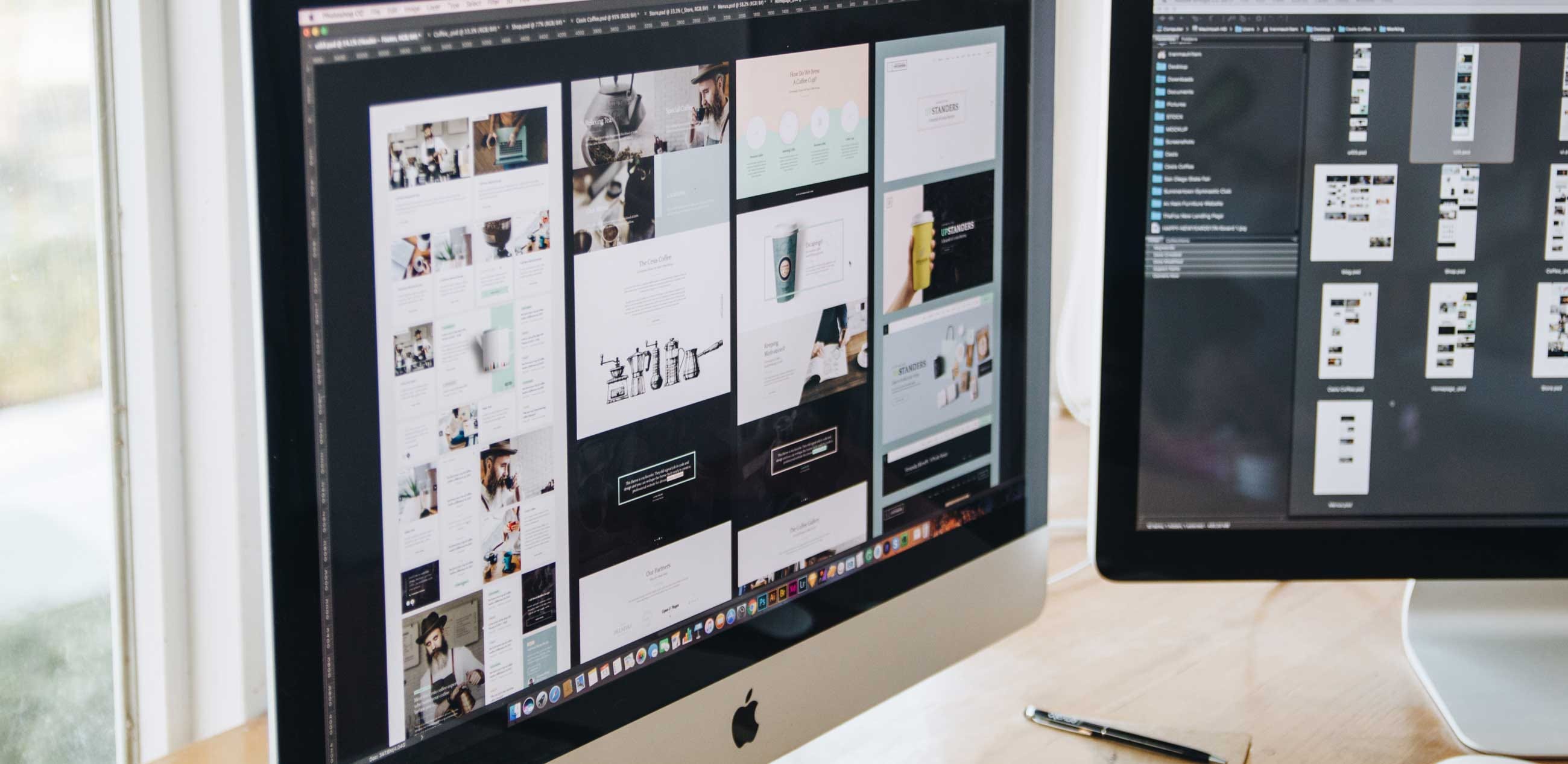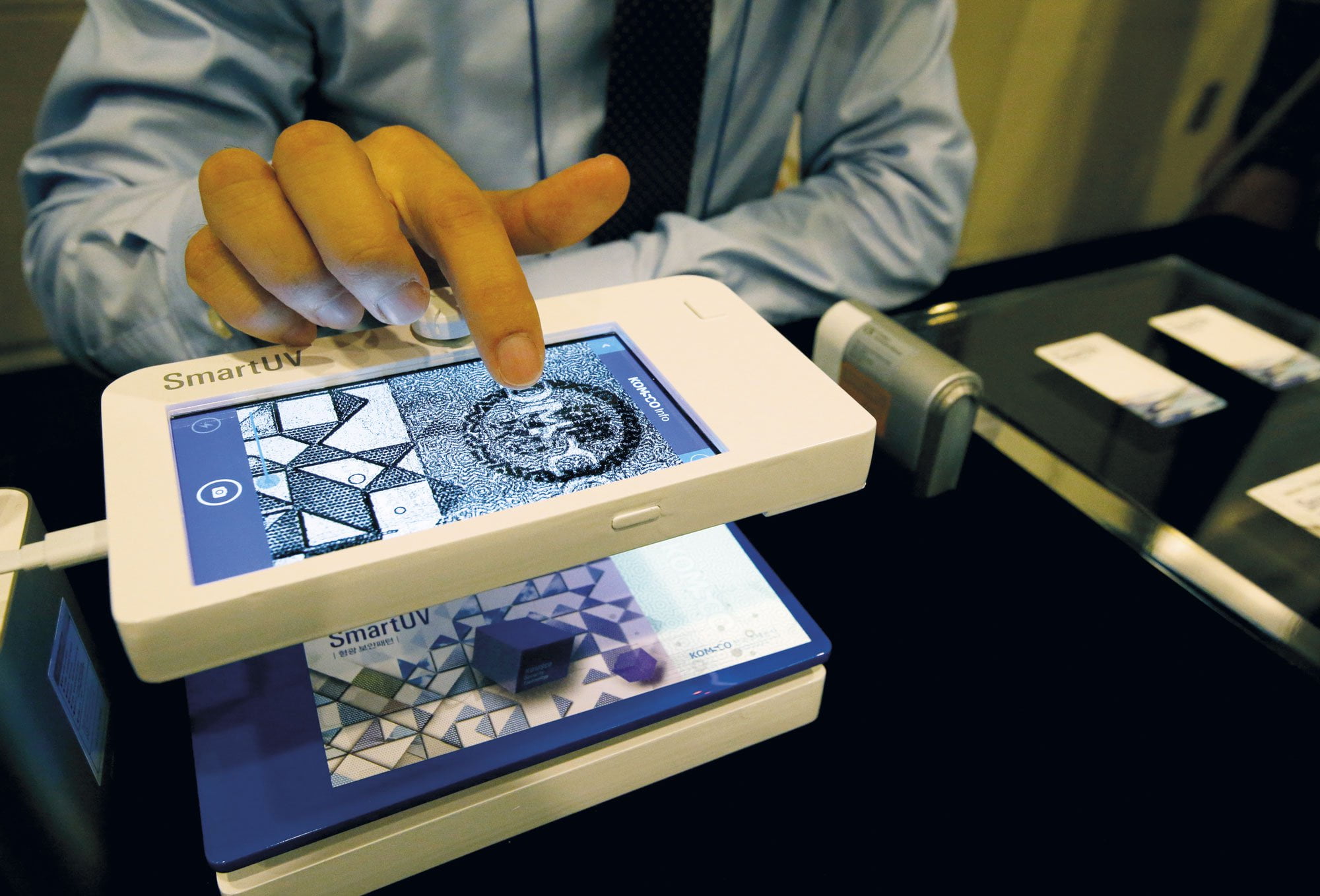
For many people who would like to be entrepreneurs, the first thing that bothers them is transforming an idea into a prototype. The design cycle is undoubtedly a long one, and it takes quite some time to prototype your big idea. However, that entirely depends on the complexity of the project. Breaking the project down into actionable processes is an excellent way of knowing how long the project will take, determine how it will happen, and when. You can divide your idea into three significant stages: the design stage, engineering, and the end product. The prototype you build depends on what you wish to achieve. Here are actionable steps you can take to transform your big idea into a prototype.

Have a talking piece
Explaining or communicating an idea is not easy. However, you can have a talking piece or merely a sketch that communicates your concept. For instance, if you want to develop a product, create a product mockup of your final product. Invest in the best resources, such as a CNC machine, to make the best version of your intended product. A mockup in 3D helps you understand and visualize your idea. It is a relative representation of the design, shape, size, and color of the final product. It doesn’t have to be perfect, though. It is merely a talking piece that helps you understand your idea better.
Research
Is your idea new in the market, or is it an advancement of an existing product? That is what you need to ask yourself beforehand. Do in-depth research on your target market and find out what your idea means in the industry. There is no point in developing a good prototype of an idea existing in the market. If it does, find a niche where the solution doesn’t reach and work on that.
Find your target audience.
One mistake entrepreneurs assume that an idea is so great that it will soon find a market. You can’t build something and assume that users will automatically come. If your concept doesn’t have a target audience, you need to go back to the drawing board and do more research. Find out what the market wants and build that. For instance, if you’re going to develop a music app for older people, there are many questions you need to ask yourself first. They include, are older people tech-savvy to use music apps? Are there any in the market? What is their financial purchasing power? Are they interested in music? among other considerations.
Collect feedback
Prototypes provide a great opportunity for testing your assumptions and collecting feedback. The more reason you should present your prototype to your target audience to find out if they are interested and how they take it. Ask yourself questions like, do they like the idea? Do they understand it? Are they interested? Does it solve their problems? Etc.
Design the product
Once you are satisfied with the feedback you get, it’s time to design the product. However, this could take longer than you imagined so, sit tight. Document the design, find the right resources, including machines, tools, find out about regulatory requirements, and find vendors. It may take longer, but that is what separates a good product from a poor one. The good thing is, you are not at the same spot you started.
















